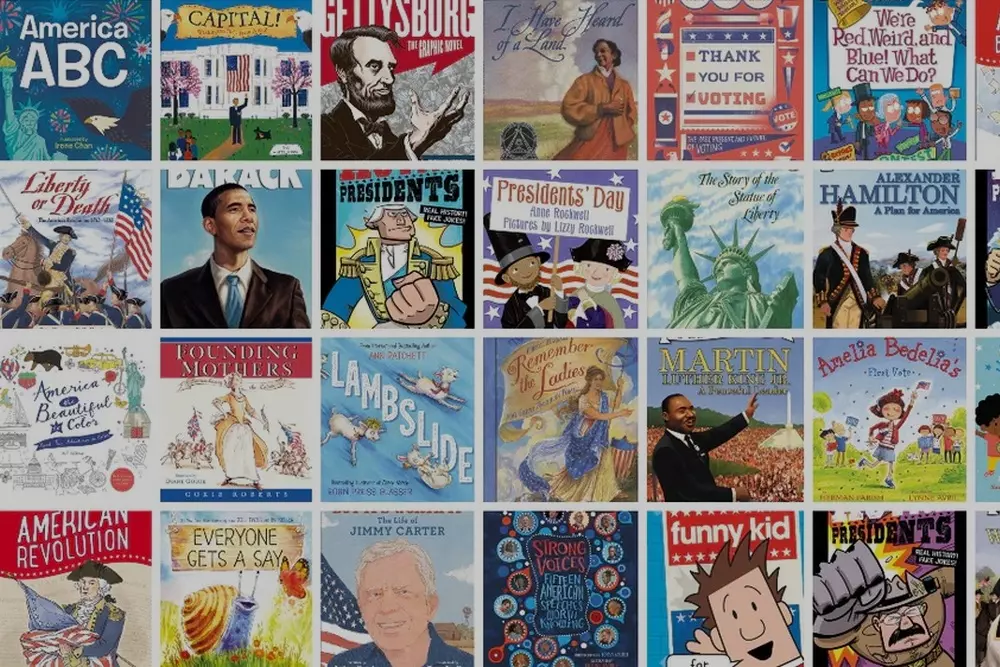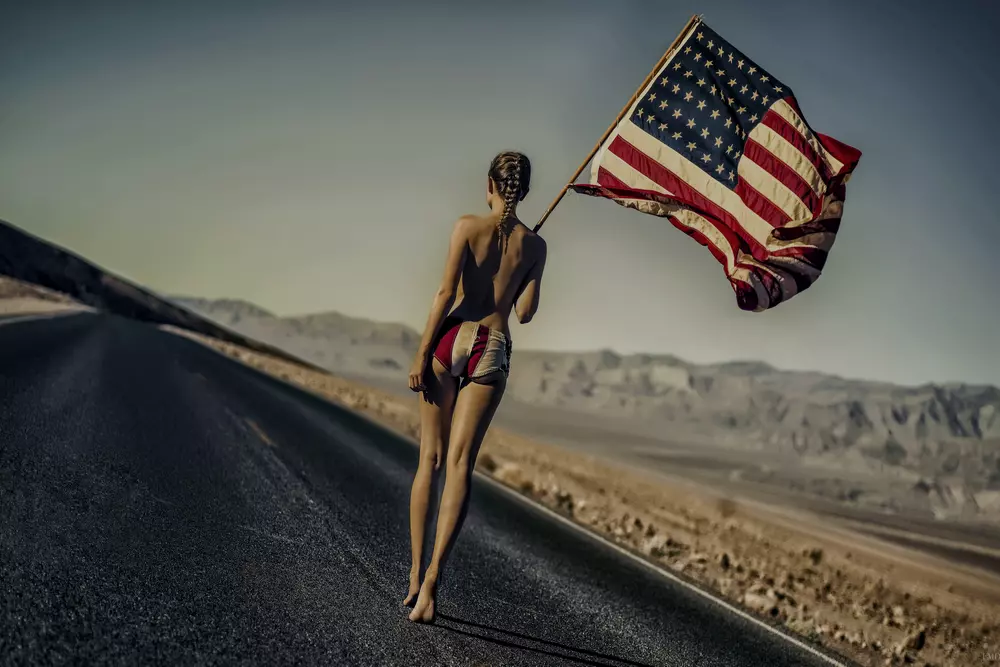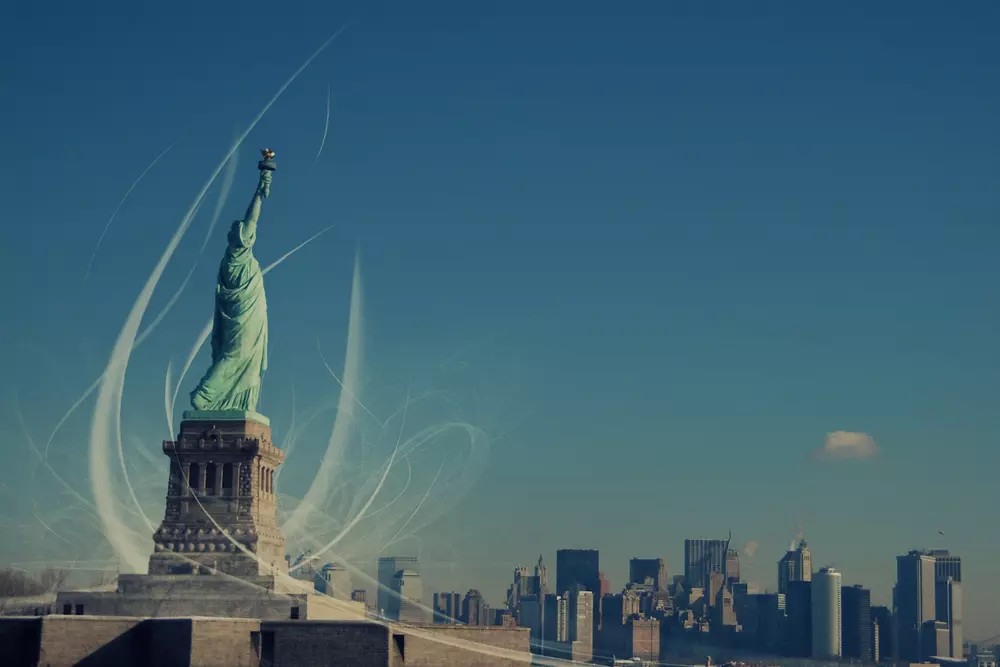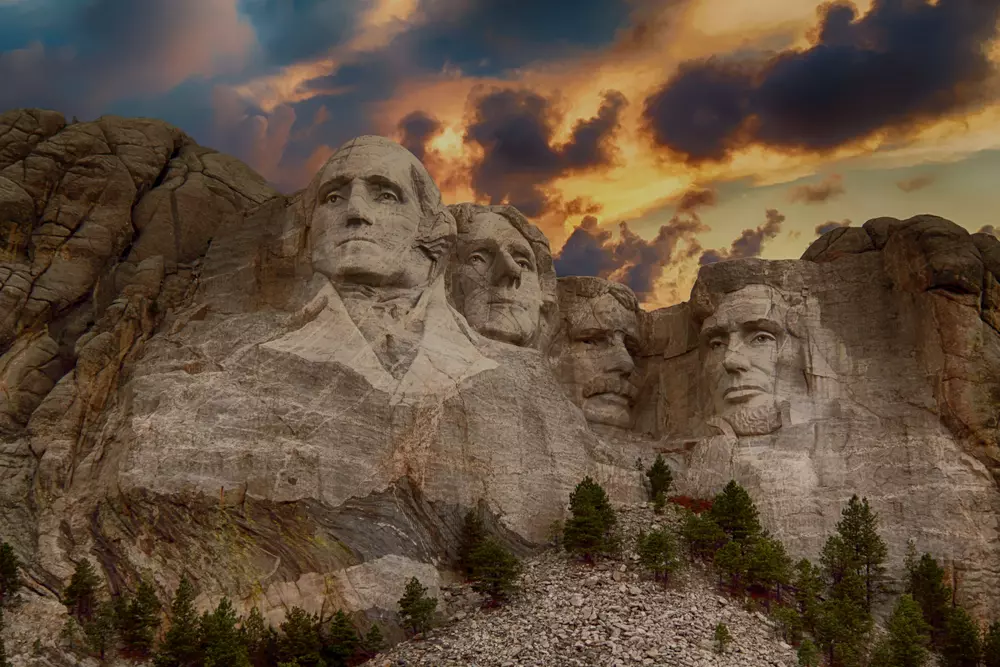Looking through reading lists is always fascinating — but let’s be honest, they’re usually a mess. Authors, eras, and styles are all mixed together, making it nearly impossible to focus on any single theme.
American Butler has put together the most convenient and structured guide to iconic American literature — specifically from the 20th century. During one of the most turbulent yet incredibly rich periods in U.S. history, American writers created works that would go down in history and remain relevant for generations to come.
American literature of the 20th century constitutes a significant layer of the world's best-selling books.American Butler
Classic Writers and Their Most Famous Works
The 20th century was a turbulent time for the entire world — and literature clearly reflected that. In the U.S., major events shaped the national psyche: the Great Depression, wartime drafts, industrial revolutions, the civil rights movement, and intense racial conflicts. All of this — and more — can be found in the novels and stories of that era.
Many of the works from the first half of the 20th century are now part of the literary canon. Back then, realism dominated the scene: writers aimed to truthfully document the social climate and everyday struggles of the time. This helped pass down ideas that shaped a new generation. Not everyone made it past strict publishing filters, especially when it came to religious and moral standards — making the success of those who did even more remarkable.
We invite you to explore some of the most iconic American authors and literary works of the 20th century — voices that shaped how the world would come to see America.

William Faulkner
Faulkner grew up in the American South — in Mississippi — in a once-prosperous family that quickly fell into poverty. The fate of the South and its people became the central theme of his works. His writing often explored the fall of aristocracy, racial tensions, the trauma of war, and human isolation.
Faulkner’s style is not easy to read: he employed stream-of-consciousness, non-linear narratives, and deeply psychological monologues. His prose demands patience and attention, but the reward is a profound insight into the human soul. For his contribution to literature, Faulkner was awarded the Nobel Prize in 1949, as well as two Pulitzer Prizes.
Key Works:
- The Sound and the Fury (1929) — a tragic story about the decline of a Southern aristocratic family;
- As I Lay Dying (1930) — a philosophical journey and monologue-driven novel about life and death in a poor farming family;
- A Fable (1954) — a complex novel about war, faith, and morality; awarded the Pulitzer Prize.
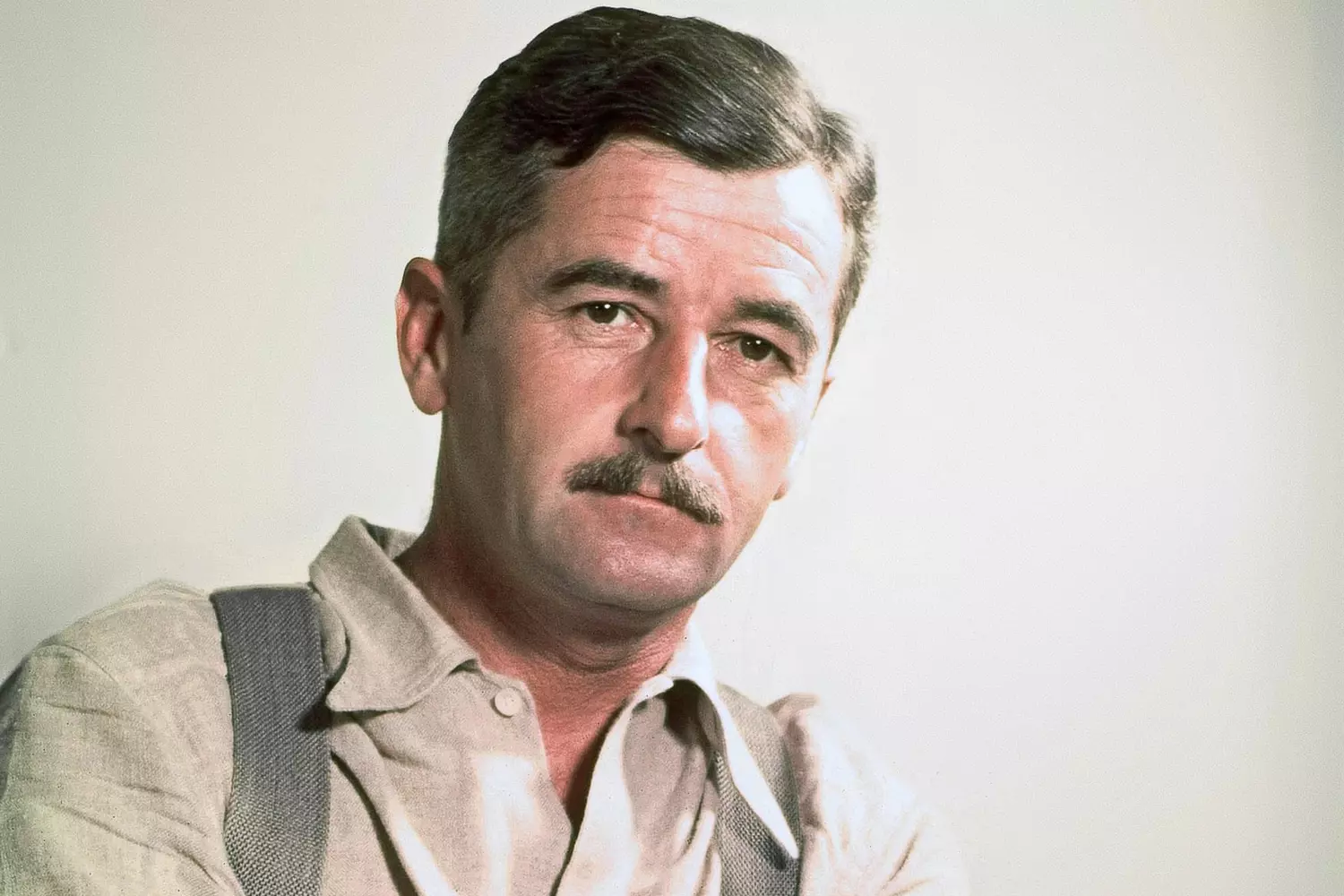
Margaret Mitchell
Margaret Mitchell was born into a wealthy family in Atlanta, Georgia, and received an excellent education. In her youth, she worked as a reporter for a local newspaper, but after suffering a leg injury, she had to leave journalism. Staying at home, she found new purpose — in literature and history, which had fascinated her since childhood.
History ran deep in her family: many of her relatives were historians and veterans of the Civil War. That chapter of American history became the core of her one and only, but world-famous, novel. Writing it took nearly 10 years and brought her international fame.
Key Work:
- Gone with the Wind (1936) — an epic novel about the life of Southern belle Scarlett O'Hara during the American Civil War. Through her personal story, the book paints a sweeping portrait of a crumbling Southern society. The novel earned Mitchell the Pulitzer Prize in 1937.
Gone with the Wind became more than a book — it became a cultural phenomenon. The 1939 film adaptation remains one of the greatest movies of all time, and the novel continues to be reprinted in millions of copies worldwide.

Theodore Dreiser
One of the most prominent representatives of American naturalism, Theodore Dreiser was born into a poor, deeply religious family in Indiana. His childhood was marked by hardship and strict discipline, shaping his critical worldview. He never received a full formal education — by the age of 16, he was already working for newspapers with dreams of becoming a writer.
Dreiser constantly challenged social norms. His novels were often rejected by publishers for being “immoral” — he criticized religious fanaticism, exposed the harsh realities of capitalism, and was unafraid of naturalistic depictions of human flaws and desires. He believed literature should portray life as it is, not as it should be.
Key Works:
- The “Trilogy of Desire”: The Financier, The Titan, The Stoic — an epic saga about the rise and fall of a ruthless businessman navigating the brutal world of American capitalism;
- The "Genius" (1915) — a provocative novel about an artist’s internal struggles and rebellion against societal norms, banned for many years due to its controversial themes;
- An American Tragedy (1925) — a landmark novel that deconstructs the illusions of the American Dream. Today, it’s considered a classic of world literature.
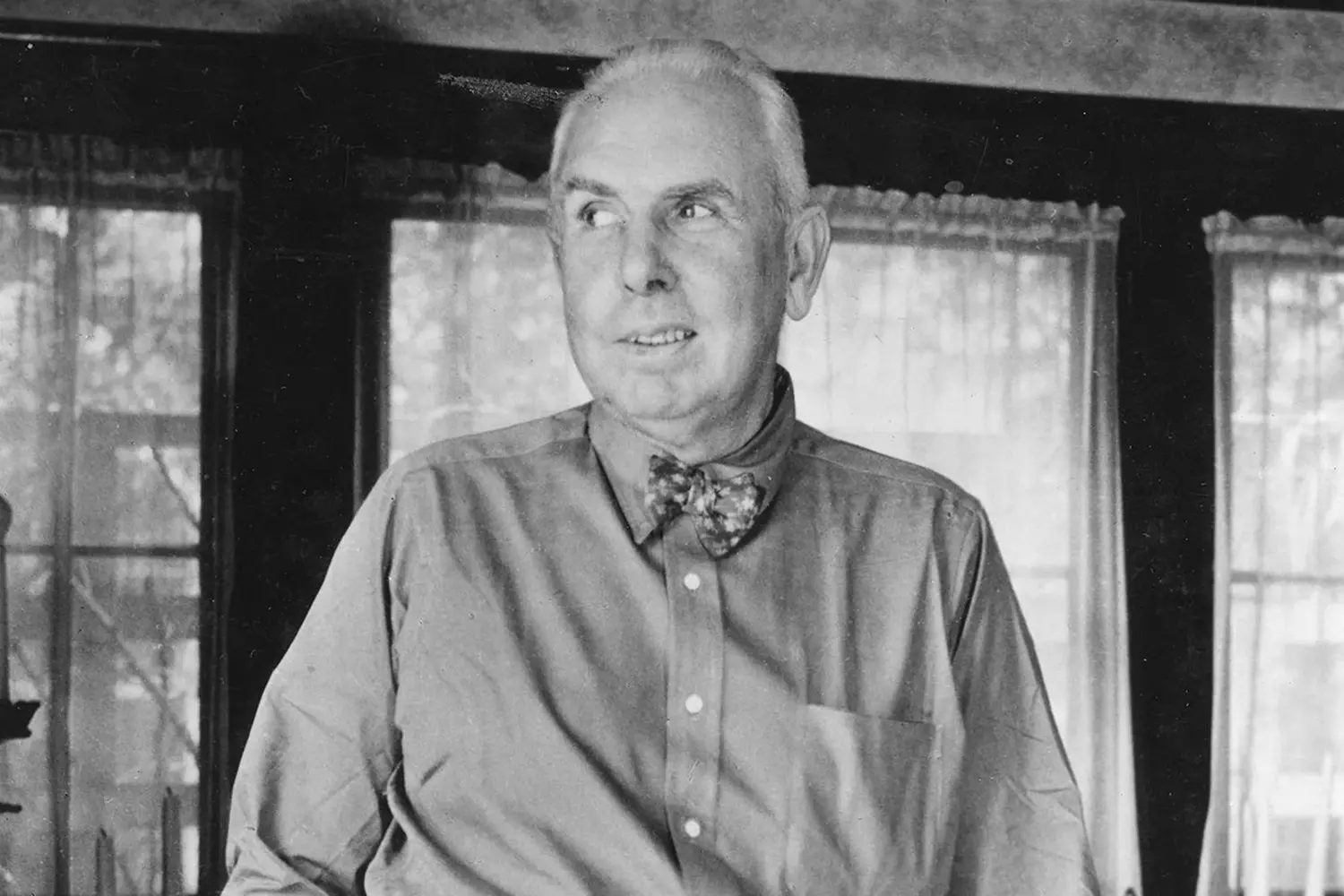
Ernest Hemingway
A legendary figure, a writer whose life was as dramatic as his stories. Ernest Hemingway was born in Illinois and began his literary path writing newspaper reports. During World War I, he volunteered for the Red Cross on the Italian front, where he was seriously wounded and suffered over 200 shrapnel injuries. These experiences left a profound impact on his writing.
Hemingway was an avid traveler, participated in World War II, and lived in Europe, Africa, Cuba, and France. He was married four times, loved hunting and fishing, and wrote both articles and novels. His minimalist writing style, known as the “iceberg theory”, became one of the most distinctive in world literature.
Key Works:
- A Farewell to Arms (1929) — a tragic love story set against the backdrop of World War I;
- For Whom the Bell Tolls (1940) — a novel about the Spanish Civil War and the search for meaning in life and death;
- The Old Man and the Sea (1952) — a philosophical novella about resilience, solitude, and struggle. It earned Hemingway both the Pulitzer Prize and the Nobel Prize in Literature.
Hemingway’s works are an enduring reflection on life, loss, and human dignity. His books remain timeless and are part of the required reading lists at universities around the world
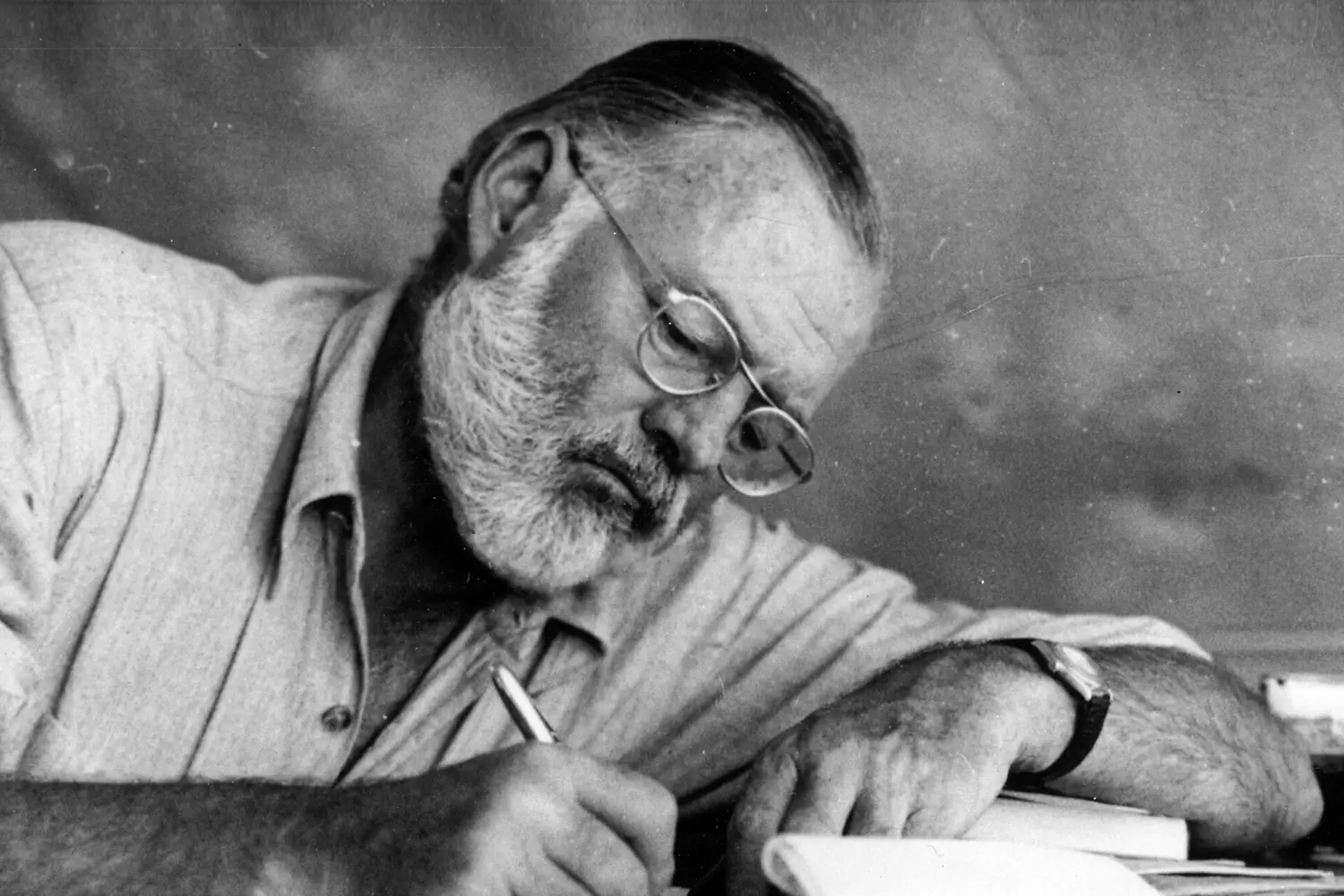
F. Scott Fitzgerald
Fitzgerald was born into a wealthy family in Minnesota, but he went down in history as one of the brightest representatives of the so-called “Lost Generation” — young people whose youth and ideals were shattered by World War I. He dropped out of university, volunteered for the army, and experienced heartbreak — experiences that deeply influenced his writing.
Fitzgerald rose to fame quickly: his novels brought him wealth and recognition during his lifetime. He led a dazzling but troubled life filled with lavish parties, turbulent relationships, and constant moves. Beneath the surface glamour of his prose lay a deep sadness over lost ideals and personal pain.
Key Works:
- The Great Gatsby (1925) — a timeless novel about the glamour and emptiness of the American Dream in the Roaring Twenties;
- Tender Is the Night (1934) — a tragic story of love destroyed by ambition, wealth, and mental illness.
Fitzgerald is the voice of the Jazz Age, a time of jazz, inner turmoil, and a desperate search for happiness. His works are a mirror of a society where outward success often hides loneliness and the loss of meaning.
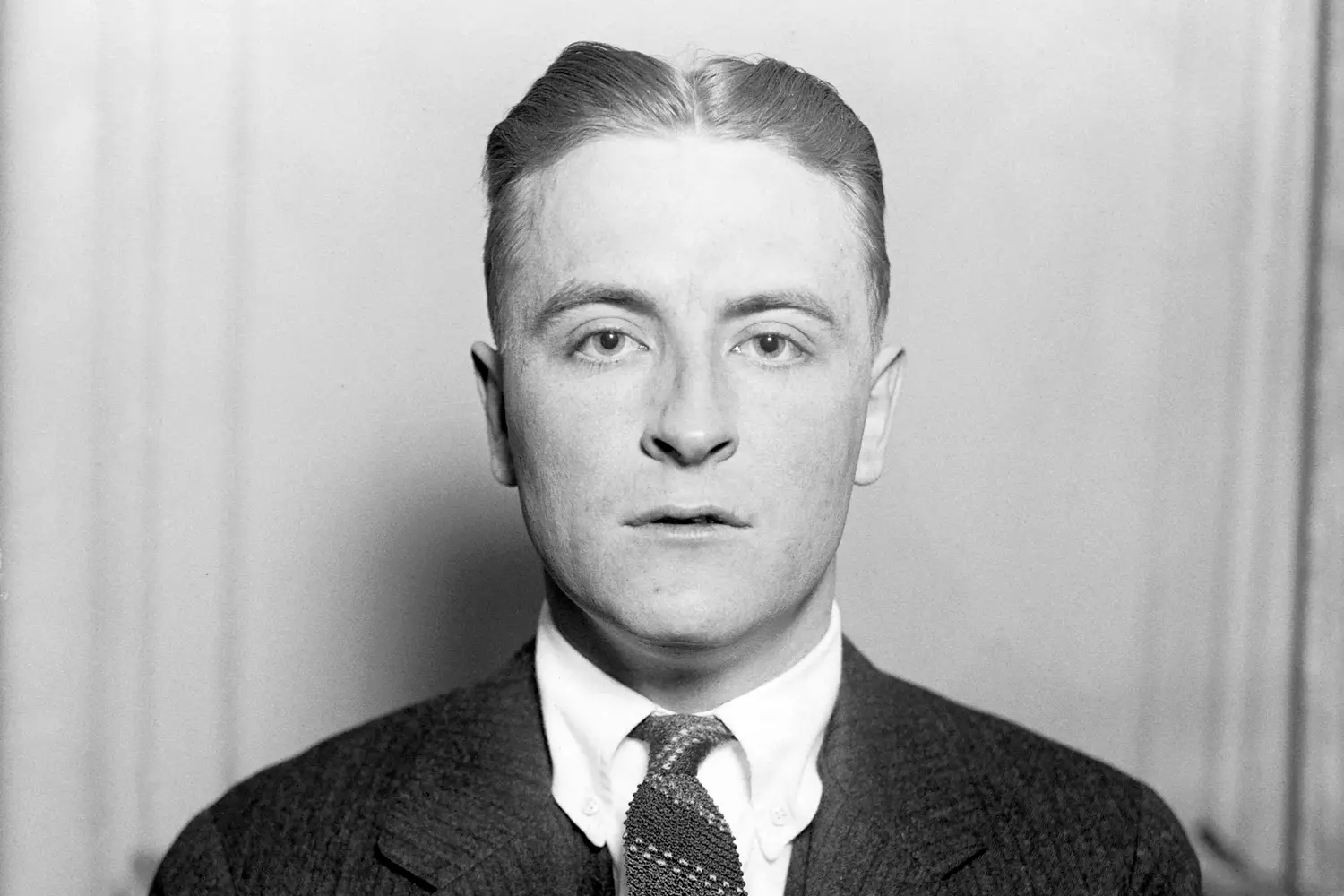
Jack London
Jack London is a true symbol of the American self-made man — a writer, journalist, traveler, revolutionary, and philosopher. He was born in 1876 into a poor family in San Francisco and knew the meaning of survival from a young age. As a teenager, he worked in a cannery, fished, sailed as a seaman, and even dabbled in petty theft before discovering the power of words and literature.
His youth was filled with hardships, but he never gave up. He enrolled at the University of California, Berkeley, but soon dropped out and joined the Klondike Gold Rush in the Yukon. There, he encountered the harshness of nature, the struggle for existence, and the moral price of survival — themes that would define his prose.
Key Works:
- The Call of the Wild (1903) — a story of returning to primal instincts, one of the most iconic tales of Arctic fiction;
- White Fang (1906) — the reverse journey of a wolf-dog, from savagery to domestication and trust in humans;
- Martin Eden (1909) — a semi-autobiographical novel about a self-taught writer seeking recognition but losing himself in the process.
London wrote about willpower, choice, nature, class struggle, and solitude. He mastered the balance between rawness and lyricism, and despite his literary fame, he remained a man in search of something greater — knowledge, meaning, and freedom.
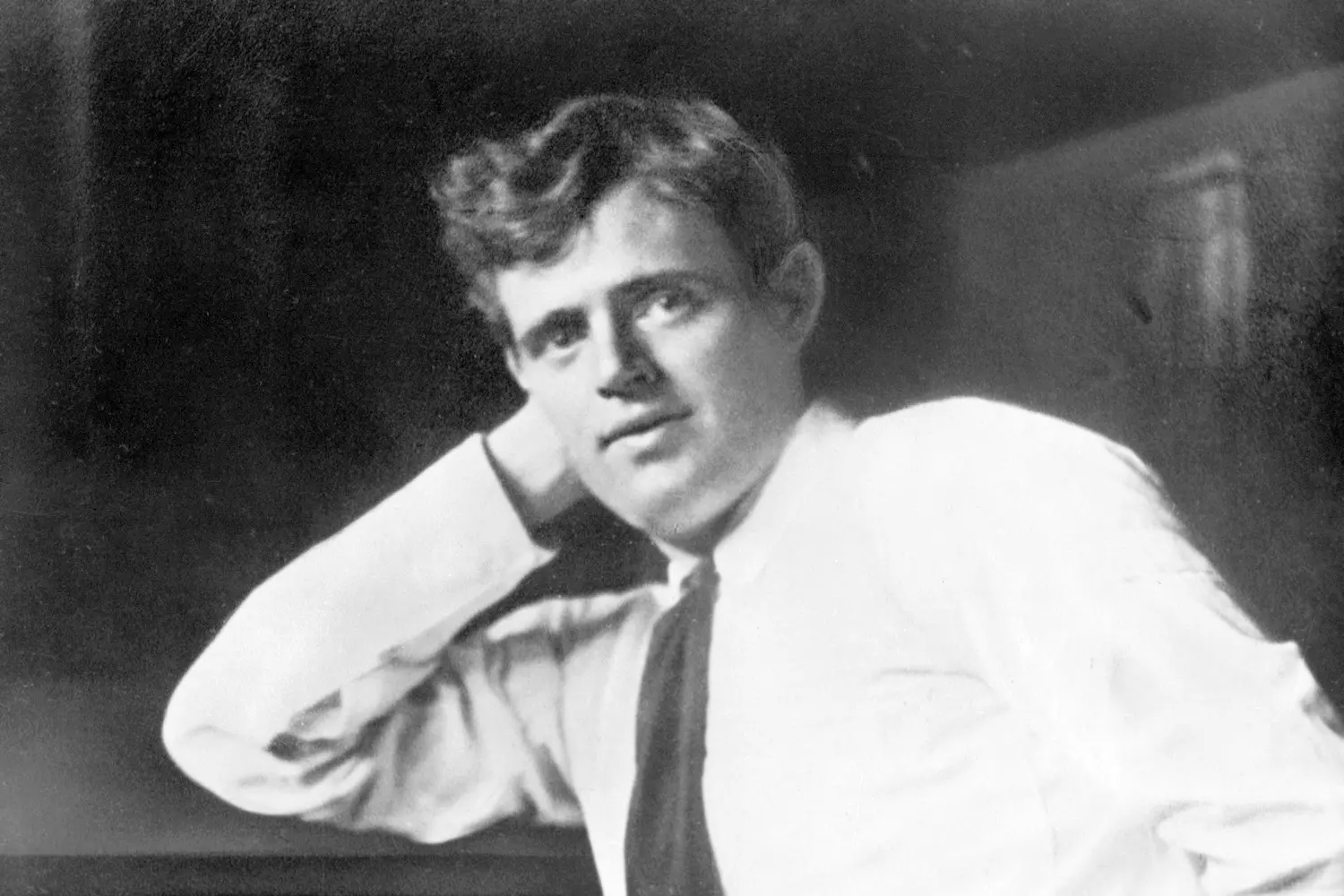
Writers of the Second Half of the 20th Century
If the first half of the century was the age of realism and “great novels,” the second half was a time of experimentation. Traditional classics gave way to science fiction, horror, postmodernism, nonfiction, and counterculture. Here’s a compact list of American authors you should definitely read at least once.
- 01. Isaac Asimov — one of the founding fathers of science fiction, author of The Foundation and I, Robot. His ideas about robotics and technology were ahead of their time and continue to inspire engineers and scientists.
- 02. Ray Bradbury — author of the cult dystopia Fahrenheit 451 and the poetic Martian Chronicles. His works explore themes of soul, fear, and nostalgic childhood memories.
- 03. H. P. Lovecraft — father of cosmic horror and creator of the Cthulhu Mythos. His unique style and mythic world laid the foundation for an entire horror subgenre.
- 04. Kurt Vonnegut — a brilliant satirist whose works, like Slaughterhouse-Five, reflect on war, power, and the absurdity of life with irony and depth.
- 05. Edgar Rice Burroughs — creator of Tarzan and John Carter, laying the groundwork for adventure fiction and inspiring countless Hollywood adaptations.
- 06. L. Frank Baum — author of The Wizard of Oz, America’s answer to Pinocchio, who built a whimsical universe beloved by children and adults alike.
- 07. J. D. Salinger — cult author of The Catcher in the Rye, whose protagonist became a symbol for generations of teens searching for identity and authenticity.
- 08. Jack Kerouac — voice of the Beat Generation and author of On the Road, a manifesto of freedom, inner restlessness, and the search for meaning in modern America.
- 09. Edgar Allan Poe — master of mystery and macabre. His tales of madness, fear, and the unknown remain relevant and deeply atmospheric to this day.
- 10. Stephen King — the king of horror and thriller, author of over 60 novels including The Shining, It, and The Green Mile. His books go beyond horror, serving as a mirror of human fears and vulnerabilities.
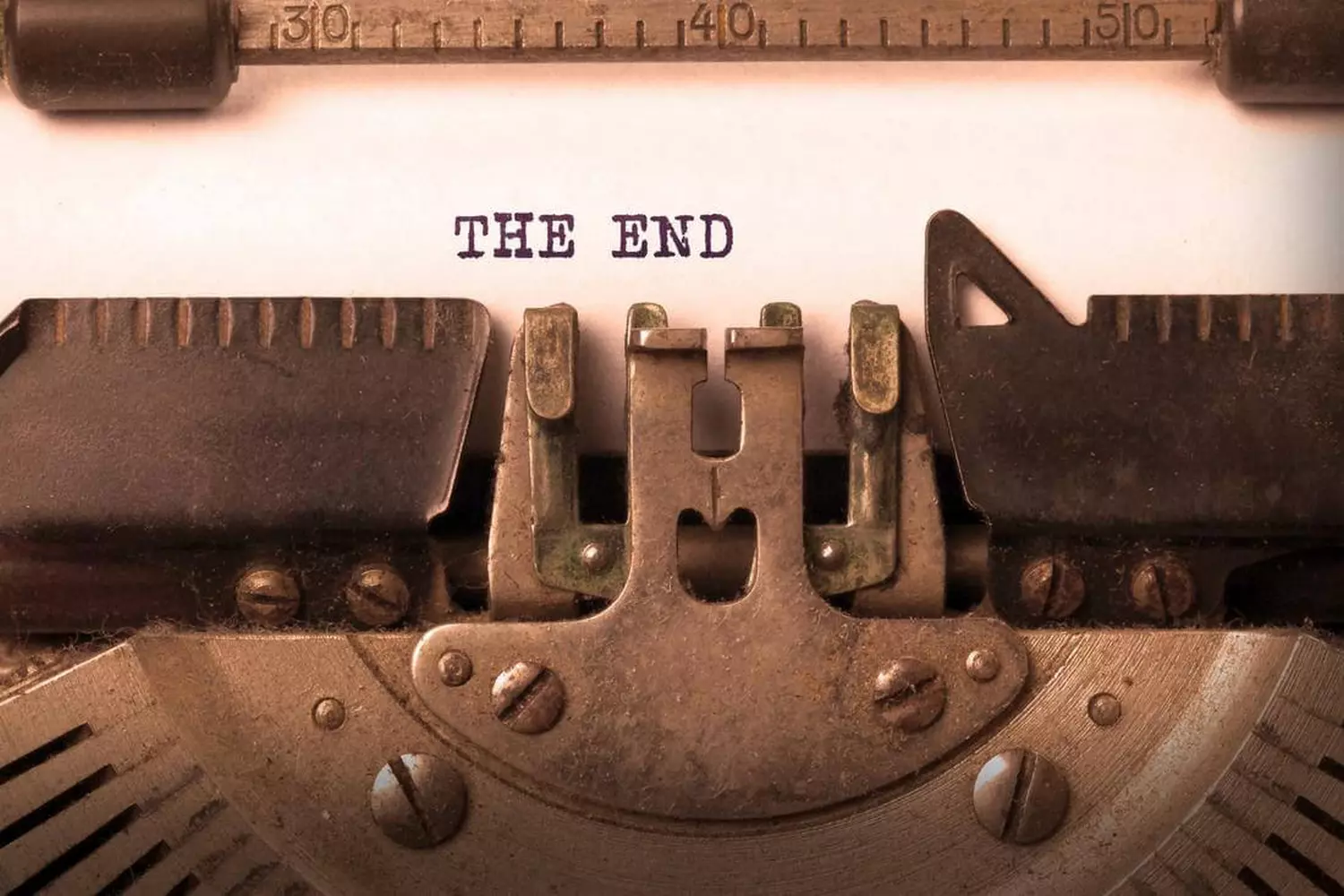
Classics That Still Speak to Us
American literature is not just the art of words — it’s a mirror of an entire era. The works of Faulkner, Hemingway, Fitzgerald, Dreiser, and their successors tell the story of people and the story of America itself: its pain, hopes, struggles, and triumphs. These books shaped the minds of millions, offered answers to life’s big questions, and inspired generations.
American Butler recommends starting with literature and ending with full immersion. We’ll help you visit the U.S. in comfort, style, and with unforgettable experiences — just reach out to us by phone, email, or through the chat window.














